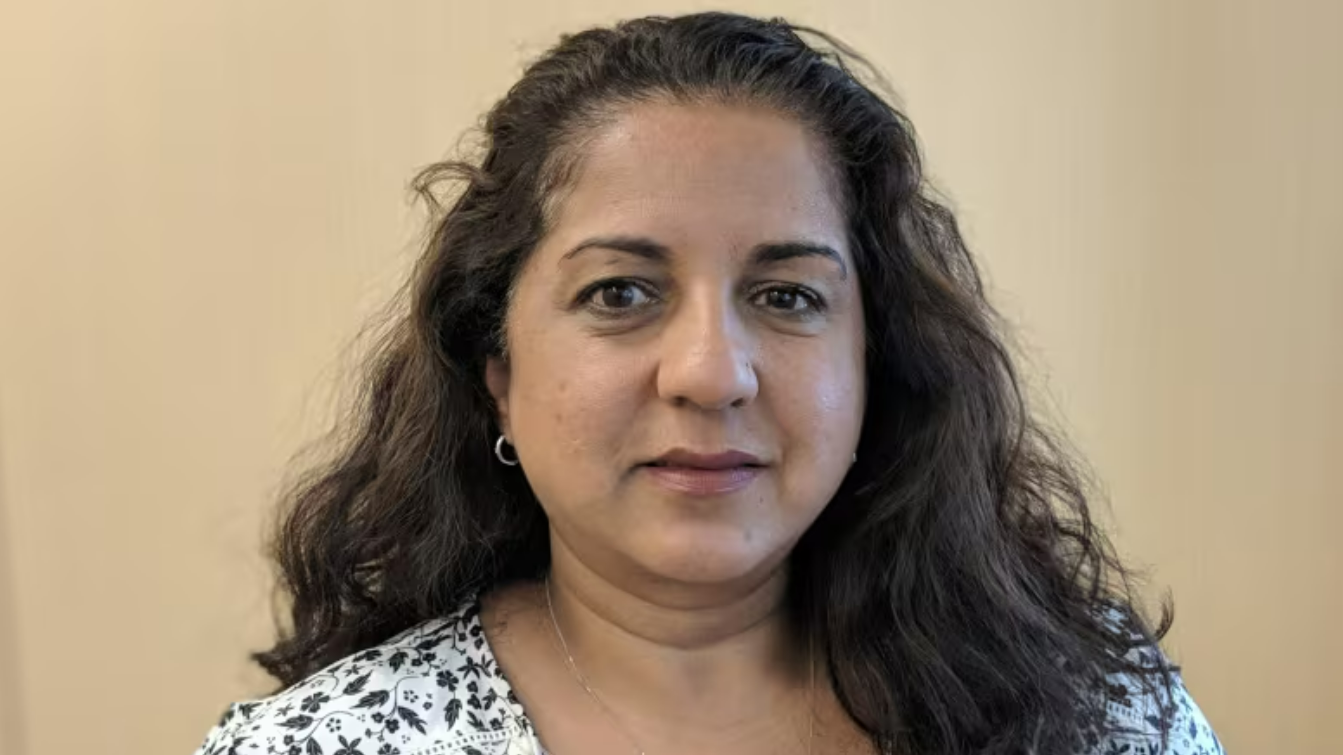Canada News
Q+A | N.W.T’s chief public health officer on new vaccines, rise in COVID-19 cases

Dr. Kami Kandola is the N.W.T.’s chief public health officer. (Steve Silva/CBC)
By RCI, CBC News
COVID-19 numbers are on the rise in the N.W.T., with 54 known cases counted between June and August this year, according ot the territory’s chief public health officer.
That’s four times the number recorded over the same time period last year.
Those cases included 15 people who were hospitalized, and had a positive COVID-19 test.
At last count, numbers were continuing to rise in September. Dr. Kami Kandola, the territory’s chief public health officer, says it coincides with the rise in other respiratory infections.
Kandola spoke to Hilary Bird on CBC’s Trailbreaker on Monday morning.
This interview has been edited for clarity and length.
How concerned are you about the increase in COVID-19 cases and hospitalizations that we’ve seen?
What I look at is, the respiratory season and COVID infections tend to occur in the summer and when school starts we start to see an increase. Last year in the summer and into September, we saw an increase in COVID and then it stabilized and then we saw other respiratory infections such as influenza and RSV.
So if we look at our last season (2023 to 2024), for influenza we had about 74 hospitalizations and a third of them were in people 65 and older.
For RSV, we had 74 hospitalizations and 80 per cent were under 5 years old. And for COVID for last season we had about 44 hospitalizations, but 50 per cent were 65 and older.
So far in this season, which we count from late August to mid-September, we’ve had five hospitalizations, of which the majority are 65 and older.
Where is your concern level at now, especially when it comes to COVID, about the increase that we’ve seen — not just in September, but we did see an increase particularly in wastewater through June, into August.
When we look at respiratory infections, we’re in an endemic phase. We’re not in a pandemic. So we see respiratory infections occur at different stages, but it’s not overwhelming the health-care system. And if you look at the level of infections and the level of severity, the variants still remain mild.
There was a significant increase in August and another decrease and then another peak in September. So what’s mainly circulating is COVID-19, but we do anticipate as we enter fall, we will start to see an increase in influenza and RSV, like we did last year.

Our health-care system seems like it’s slightly overwhelmed to begin with, given staff shortages and things like that. Wouldn’t any hospitalization add to that?
Every year we have, we expect respiratory viruses to occur and every year we plan for that season. We really encourage people to get vaccines. We have a lot more products available this fall but we do see throughout the year that people do develop respiratory infections and there are hospitalizations related to that.
What we see is seasonal patterns and hospitals have been dealing with seasonal patterns for a long time.
It’s interesting when you talk about those seasonal patterns, because you said that for the last two years at least, we’ve seen spikes in the summer. Why do you think that is?
Well, COVID is quite infectious. There’s large gatherings in the summer. So when you’re indoors, you’re more likely to pick up the infections. But for COVID, we’ve seen an increase over the summer and into the fall. But what we saw last year was a stabilization of COVID. So it wasn’t the main cause of our admissions. Influenza was the number one cause, followed by RSV and then COVID was a more distant third.
Those free COVID tests that so many of us used during the pandemic are no longer available. Why is that?
During the pandemic, there was federal funding to provide COVID tests to the public at large so that if they knew that there were infected, they could stay home.
Practically, most of the populations have developed COVID and they’ve been vaccinated. So what we tend to say is if you’re sick, if you have cold symptoms or flu-like symptoms, is to stay home until you get better.
The concern I have with this focus on COVID tests is many people have high levels of immunity. So when they are initially sick with COVID and they test themselves, they’re negative and they have to repeat the tests and they eventually become positive. So a negative COVID test doesn’t mean that you necessarily have COVID or a negative COVID test means you have something else that you can pass on to other people.The best thing is to stay home until you’re better and not pass that on to other people.
What is the plan for vaccinations this year?
That’s a good question. I’m very excited. So let’s talk about COVID. There is the new vaccine, one that’s been recently approved for Moderna and Pfizer, pending approval. Novavax did get approval but it’s for the KP.2 variant.
The KP.2 variant is a sublineage of the JN.1 lineage, which is under the American variant. The most common circulating variant is KP.3, but KP.2 and KP.3 are like sisters. So we have that vaccine coming out likely in October.
Parents should also be excited. There’s this new monoclonal antibody and a simple map and we are going to make that available at the onset of the RSV season for any infant zero to three months, and to any infant born throughout the RSV season. RSV season typically goes from November to May.
Who should be getting a vaccine at this point?
There are people at high risk for viral-related complications. So we know our elders are high-risk. We’ve seen a lot of hospitalizations, 65 and older people with chronic illness, pregnant women, children under five, especially for influenza-related complications.
What parents don’t know is they think it’s the flu vaccines mainly for elderly people, but we’ve had severe complications in our under-five, and the RSV monoclonal antibody is focused on babies, unfortunately. But there are adult RSV vaccines out there. But you have to pay for the vaccines, which aren’t publicly funded.
But what about for the general public when it comes to the COVID vaccine? What is the guidance?
The guidance is, you may get the vaccine, but for the high-risk population, definitely it’s strongly recommended. The good thing is when people are going to get their vaccines, they can have that one-on-one discussion with the nurses providing the vaccine. So if they have questions, they can talk to her and see if the vaccine is right for them or if they need the vaccine.
With files from Hilary Bird





















